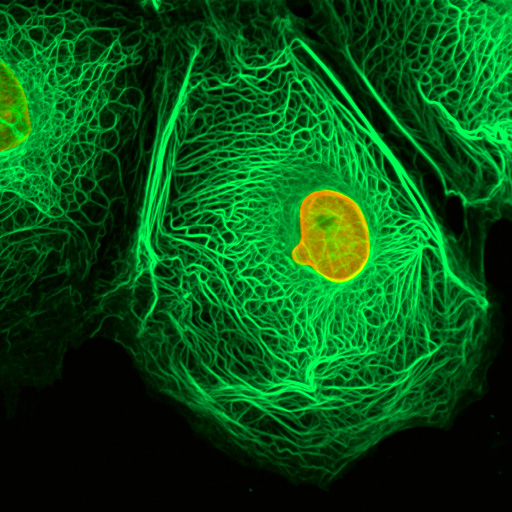The method is based on quantum dots - semiconductor nanostructures, with a diameter of 25 billionths of a meter, which are capable of confining electrons into a three-dimensional array and which emit light when exposed to ultraviolet radiation

Medical physicists from the University of Virginia have developed a new method for destroying cancer cells using nanoparticles and radiation. The method, developed by Wensha Yang, an instructor in the department of radiation oncology at the university, and his research colleagues, is based on quantum dots. Quantum dots are semiconductor nanostructures, with a diameter of 25 billionths of a meter, capable of confining electrons to a three-dimensional array and which emit light when exposed to ultraviolet radiation.
The researcher and his colleagues realized that the quantum dots also emit light when exposed to X-rays, similar to that used in radiotherapy. This property, the scientists understand, makes the quantum dots an ideal mediator in healing methods that use radiation-sensitive compounds to treat cancer.
The compound called Photofrin is the only radiation-activated compound that has been approved as a drug by the FDA so far. The compound is absorbed by the cancer cells and upon exposure to radiation becomes active and destroys the cells. Today it is used to treat several types of local and superficial tumors, but the researcher believes that combining the compound with the quantum dots will lead to an effective method that can also destroy the cancer cells of much deeper tumors. When exposed to high doses of radiation, the points become luminous and emit light; This light activates the photoferrin's cell-killing activity. The method, which has been tested so far only on cancer cells grown in vitro, will be able to act against tumors located deep inside the body, which an external source of radiation cannot reach.
In order to avoid damage to healthy tissues in this treatment, the toxicity of the quantum dot-photopherin combination is only obtained when there is radiation. In addition, the treatment area is limited by suitable radiation, directed with a high level of precision within the three-dimensional scope of the tumor, while minimizing the damage to the nearby healthy cells. As a result, says the lead researcher, "the drug's toxicity is minimal in a location where the radiation intensity is low, such as in the outer perimeter of the tumor."
In an examination of human lung cancer cells, the method led to a 2-6 times lower survival of the cancer cells compared to radiation alone, while the toxicity to the nearby cells was extremely minimal.

3 תגובות
This treatment only responds to a primary tumor whose location is known. 90% of cancer victims eventually die from the metastases and not from the primary tumor. Therefore, how will the researchers be able to direct the radiation to the location of the many malignant cells circulating in the body? There is no effective response to metastases with this method.
Good, a little understanding is starting to form between us. Ha ha
Sounds promising